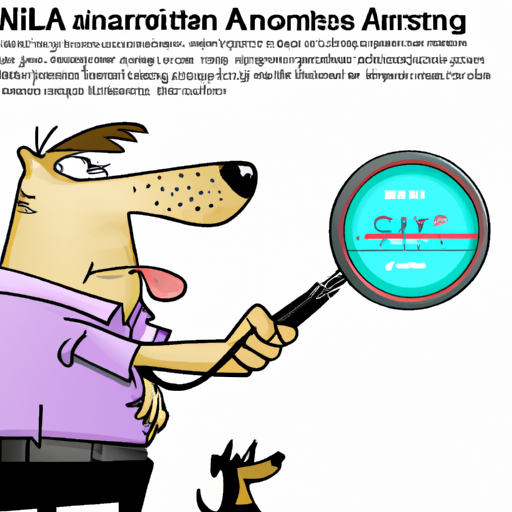As a loving caregiver for your furry friend, it’s essential to understand the various health indicators, including ALT (Alanine Aminotransferase). This liver enzyme can provide crucial information regarding your dog’s liver health. However, interpreting these levels may be confusing. So, when should you worry about ALT in dogs? Let’s dive in.
Understanding ALT Levels in Dogs
Alanine Aminotransferase (ALT) is an enzyme found primarily in the liver. When the liver is damaged or inflamed, ALT is released into the bloodstream, which causes a spike in levels.
Understanding the normal range for ALT in dogs is the first step to interpreting your dog’s lab results. Typically, the normal range for ALT is between 10 and 100 U/L.
| ALT Level | Condition |
|---|---|
| Less than 10 U/L | Too low, may indicate liver damage or disease |
| 10-100 U/L | Normal range |
| More than 100 U/L | Higher than normal, may indicate liver damage or disease |
Symptoms of High ALT Levels in Dogs
High ALT levels don’t often show symptoms until the liver disease is advanced. However, some symptoms might suggest a potential issue with your dog’s liver:
- Loss of appetite
- Weight loss
- Lethargy
- Yellowing of the eyes, gums, or skin (jaundice)
- Fluid accumulation in the abdomen
Causes of Elevated ALT Levels
Various factors can cause an increase in ALT levels in dogs. Some of the most common include:
- Hepatitis
- Pancreatitis
- Exposure to toxins or drugs
- Heatstroke
- Liver trauma
Managing High ALT Levels
If your dog’s ALT levels are high, don’t panic. Your vet will likely recommend further tests to pinpoint the cause of the liver damage. Depending on the diagnosis, treatment may include:
- Dietary changes
- Medications
- Surgery in severe cases
Regular check-ups will be necessary to monitor your dog’s ALT levels and ensure the treatment is working.
Prevention is Better Than Cure
Prevention is always better than cure. Here are a few preventive measures:
- Regular vet check-ups
- Adequate hydration and a balanced diet
- Avoiding exposure to toxins
- Regular exercise
Frequently Asked Questions
1. Can diet affect my dog’s ALT levels?
Yes, a diet high in fat can lead to obesity, which in turn can cause liver disease.
2. Will my dog’s ALT levels decrease with treatment?
Yes, with proper treatment and management, ALT levels can decrease over time.
3. Can ALT levels be too low?
Yes, very low ALT levels could also be a sign of a health issue, such as severe liver disease or malnutrition.
4. Can stress cause elevated ALT levels?
Yes, stress can contribute to elevated ALT levels, although it is not typically the primary cause.
5. Can medication affect ALT levels?
Yes, certain medications, especially those metabolized by the liver, can cause elevated ALT levels.
Remember, while this guide provides useful general information, it should not replace professional veterinary advice. Always consult your vet if you are worried about your dog’s health.



